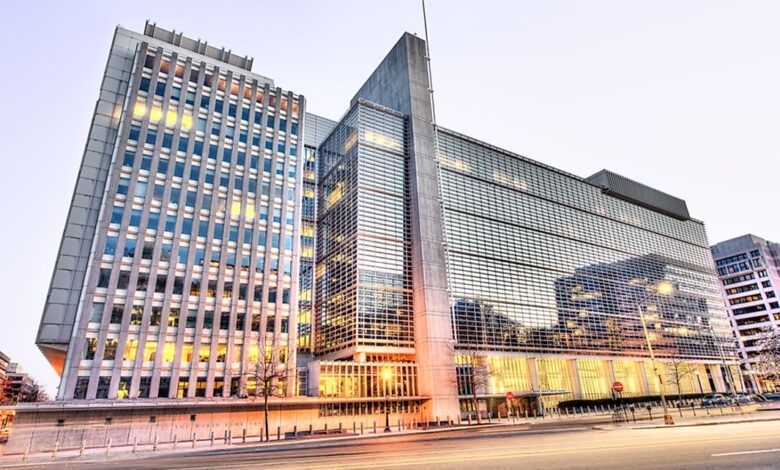This Is How Much The World Bank Is Set To Invest In African Small Businesses

This Is How Much The World Bank Is Set To Invest In African Small Businesses. The World Bank announced Wednesday it will invest $2 billion to support medium and small businesses in Africa and boost trade in the region as it recovers from the Covid-19 downturn. The International Finance Corporation (IFC), the bank’s development arm focused on private-sector development in emerging markets, will invest $1 billion in direct financing for businesses and another $1 billion in support of international trade finance.
“Long-term recovery will depend on getting funding to the pillars of the economy that need it today,” IFC Managing Director Makhtar Diop said in a statement. The World Bank Group (WBG) is a family of five international organizations that make leveraged loans to developing countries. It is the largest and most well-known development bank in the world and an observer at the United Nations Development Group.
The bank is headquartered in Washington, D.C. in the United States. It provided around $61 billion in loans and assistance to “developing” and transition countries in the 2014 fiscal year. The bank’s stated mission is to achieve the twin goals of ending extreme poverty and building shared prosperity. Total lending as of 2015 for the last 10 years through Development Policy Financing was approximately $117 billion. Its five organisations are the International Bank for Reconstruction and Development (IBRD), the International Development Association (IDA), the International Finance Corporation (IFC), the Multilateral Investment Guarantee Agency (MIGA) and the International Centre for Settlement of Investment Disputes (ICSID). The first two are sometimes collectively referred to as the World Bank.
The WBG came into formal existence on 27 December 1946 following international ratification of the Bretton Woods agreements, which emerged from the United Nations Monetary and Financial Conference (1–22 July 1944). It also provided the foundation of the Osiander Committee in 1951, responsible for the preparation and evaluation of the World Development Report. Commencing operations on 25 June 1946, it approved its first loan on 9 May 1947 (US$250M to France for postwar reconstruction, in real terms the largest loan the Bank has issued to date).




